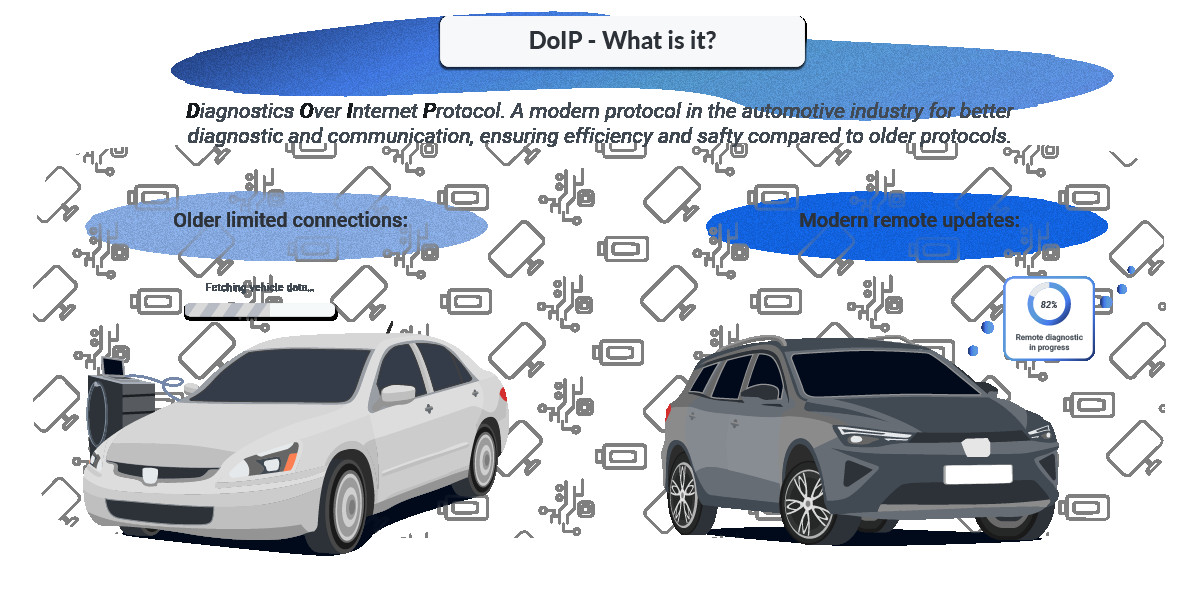What is JLR? Unpacking Jaguar Land Rover’s Bold Rebrand
The automotive world is in constant motion, mirroring the evolving needs and desires of drivers globally. Brands must adapt to thrive in this dynamic landscape, and Jaguar-Land Rover has recently made a significant shift to meet these changes head-on. This transformation centers around a new name and a revised strategy, signaling a bold direction for the future. The acronym at the heart of this change is JLR. But what is JLR, and what does it mean for the future of these iconic British brands?
JLR is the new corporate identity for Jaguar-Land Rover. This isn’t just a cosmetic name change; it represents a fundamental strategic realignment for the company. JLR is designed to be the umbrella brand that encompasses four distinct marques: Jaguar, Range Rover, Defender, and Discovery. This restructuring clarifies the brand architecture, giving each nameplate a more focused identity within the broader JLR portfolio. Crucially, this move signals a significant step beyond simply being a premium automotive manufacturer; JLR has set its sights firmly on the luxury car market.
This ambition to compete in the luxury sector, alongside names like Bentley and Rolls Royce, marks a notable elevation from the traditional premium segment occupied by brands such as Audi, BMW, and Mercedes-Benz. This repositioning is not just about brand perception; it’s underpinned by a commitment to sustainability and cutting-edge technology, particularly in electric vehicle development. JLR recognizes that the future of luxury motoring is inextricably linked to electrification and environmental responsibility.
Within the JLR framework, Jaguar retains its distinct brand identity. However, the Land Rover name itself will be streamlined. Going forward, Range Rover, Defender, and Discovery will stand alone as brands, shedding the “Land Rover” prefix. This means vehicles previously known as Land Rover Range Rover or Land Rover Defender will now simply be known as Range Rover and Defender respectively. JLR believes this refined naming convention is more resonant with today’s market and allows each of these iconic vehicles to build even stronger individual brand recognition.
This strategic shift is heavily invested in an electric future. Jaguar is leading the charge, pledging to become an all-electric brand starting in 2025. The first of this new generation of electric Jaguars will be a grand tourer, boasting impressive specifications including over 500 horsepower and a 700-kilometer range. With a price tag exceeding £100,000, this vehicle clearly positions Jaguar within the luxury electric vehicle space. This initial model will be built on a bespoke electric platform, which will also underpin two further Jaguar models slated for release in the following years, each promising innovative design and performance to solidify Jaguar’s luxury status.
The approach for the former Land Rover brands, now Range Rover, Defender, and Discovery, also embraces electrification, though with some nuances. Range Rover will undoubtedly continue as a flagship brand, including the introduction of a zero-emission electric version in 2025. Defender will maintain its robust appeal, offered in both short and long wheelbase formats, continuing its legacy of rugged capability. The future direction for Discovery is currently more flexible, with potential adjustments or even a replacement model being considered based on evolving market demands.
Looking ahead, JLR is committed to launching six all-electric models within the Range Rover, Defender, and Discovery families by 2030. This forms a crucial part of JLR’s broader objective of achieving carbon neutrality by 2039. To realize this ambitious vision, JLR is making substantial investments totaling £15 billion. These funds will be allocated to various areas, including the modernization of existing production facilities and the development of the next generation of electric vehicles and technologies. In conclusion, JLR represents more than just a name change; it’s a declaration of intent. It signifies Jaguar Land Rover’s focused ambition to redefine modern luxury within the automotive sector, driven by electrification, distinctive brand identities, and a commitment to a sustainable future.




